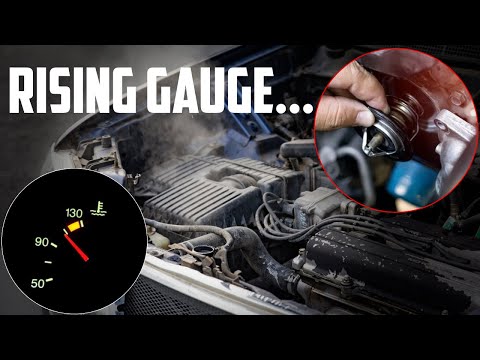The temperature gauge is an important part of a car that lets the driver know how hot the engine is. Sometimes, the temperature gauge may rise, but the car doesn’t overheat. This is an alarming issue.
The temperature gauges may rise without the car overheating for various causes, and there are various ways to solve them. The main causes are
- Issues with the cooling system
- Faulty temperature sensors
- Electrical system malfunctions
In this article, we’ll provide you with the reasons and ways to solve temperature gauge-related issues which rise without a car not overheating.
Symptoms of a Rising Temperature Gauge
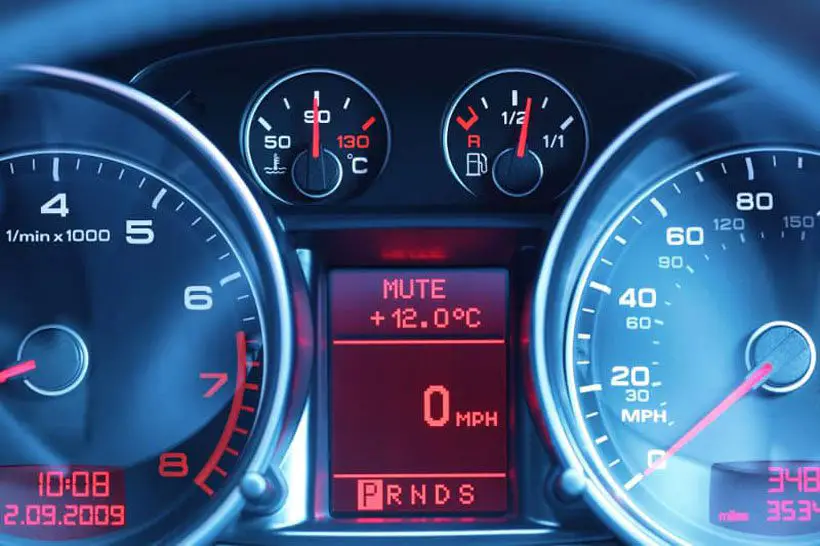
Here are the signs of a rising temperature gauge:
Warning Lights
- The warning light for engine temperature comes on.
- There may also be a separate warning light for the cooling system.
Fluctuating Gauge Reading
- The temperature gauge could quickly go up and down.
- The gauge may show both high and low readings at different times.
- Changes mean that something is wrong with the cooling system or the temperature sensor.
Understanding the Causes of a Rising Temperature Gauge
The rising temperature showing in the meter while the car is not overheated is a massive issue that needs immediate attention. Heat transfer is related to incorrect temperature gauge readings. The temperature gauge shows the temperature of the coolant in the engine, which moves heat away from the engine.

If the heat movement is slowed down or not enough, the temperature gauge may show a higher or lower temperature than what the engine really is. This can lead to wrong readings. Let us first try to understand the causes in this section.
Issues with the Cooling System

The cooling system fault can raise the issue. And several parts of the cooling system might be affected.
- Low Coolant Level: If there isn’t enough coolant, there isn’t enough heat movement. So the engine temperature goes up without overheating.
- Cooling System Leaks: When there are leaks, the amount of coolant in the system goes down. This means that there is less heat transfer, which makes the temperature scale go up.
- Broken Water Pump: When the water pump is broken, coolant can’t move around as it should. So less heat is transferred and the temperature gauge goes up.
- Malfunctioning Radiator Fan: A broken fan can’t get rid of heat as well, so the temperature gauge will read higher. The car might not actually heat up to the level of overheating, but the rising temperature might indicate it.
- Clogged Radiator or Blocked Air Flow: If the heater or wind is stopped, heat can’t move as well, which can make the temperature gauge go up.
Faulty Sensors
- Faulty Temperature Sensor: If a sensor is broken, it might not be able to measure the engine temperature correctly, so the temperature gauge will show a wrong number.
- Thermostat Failed or Stuck Open: If the thermostat is stuck open, the engine won’t get to its working temperature, so the temperature gauge will show a higher number.
Electrical System Malfunctions

The electrical malfunctions that cause temperature rise without car overheating-
- Failure of the Alternator: If the alternator isn’t working right, it might not send enough power to the cooling system, making it harder for heat to move and causing the temperature gauge to go up.
- Damaged or Corroded Wires: Wire damage or corrosion can result in inaccurate sensor readings, including the temperature sensor, which raises the temperature gauge reading.
- Faulty Gauge Cluster: A broken gauge cluster may show inaccurate temperature readings, which will raise the gauge’s temperature reading.
- Bad connection to the ground: Electrical resistance from a poor ground connection can cause inaccurate temperature readings and a rising temperature gauge.
Poor or corroded ground connections might cause the gauge cluster to misinterpret sensor signals, particularly temperature sensor inputs. This can cause the gauge to show a rising temperature even when the engine is not overheating.
- ECU not working right: The temperature sensor may get the wrong signals as a result of an ECU problem. It might raise the temperature gauge reading.
What To Do If Your Car’s Temperature Gauge Is Rising But Not Overheating?

If your car’s temperature gauge is rising, but the engine is not overheating, here are some steps you can take to diagnose and address the issue:
Solving Issues with the Cooling System
If your temperature gauge is rising, but your car isn’t overheating, your cooling system may need repair. Possible solutions are given below:
- If your car’s coolant reservoir is low, add more.
- Leaks can cause low coolant levels. Sealants and stop-leak additives fix cooling system leaks.
You will find detailed solutions to big problems related to cooling system issues below.
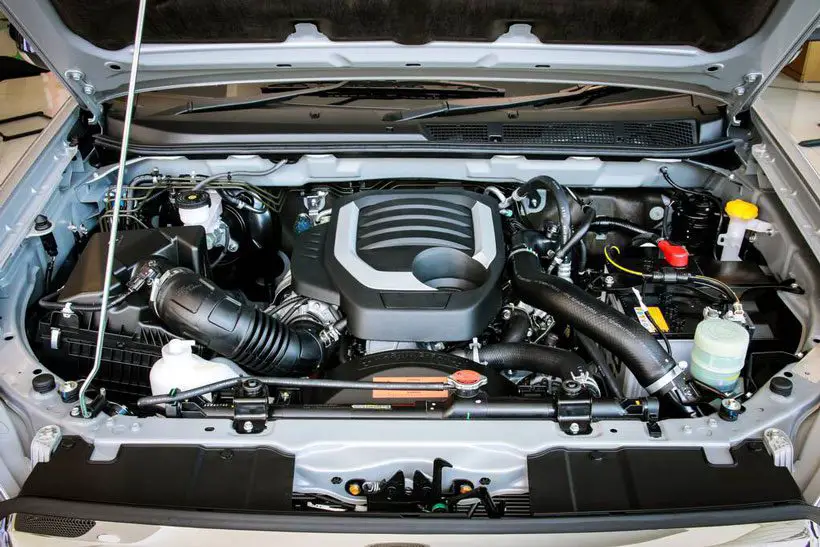
Fixing Broken Water Pump
Repairing a faulty water pump is a complicated and time-consuming task that is best left to a skilled technician. The general procedure for changing a water pump is as follows.
- Step 1: Drain the engine’s coolant and remove the old water pump.
- Step 2: Remove the drive belt to access the water pump.
- Step 3: Unbolt the old water pump from the engine and remove it.
- Step 4: Reinstall the driving belt and install the new water pump.
- Step 5: Refill the cooling system with the right quantity of coolant.
Checking the Radiator Fan
Check if the radiator fan is working properly. Check to see whether the air conditioner’s fan is working. If it isn’t, the fan motor or fan relay may be defective.
If the Fan Motor is Faulty: Take the fan from the car and connect it to the battery directly. If it won’t turn up, the fan motor needs to be replaced because it’s broken. If the fan motor is operational, the problem might be with the fan relay.
If the Fan Relay is Faulty: Find the fan relay in the fuse box of your car and test it with a multimeter. Multimeter readings for fan relays depend on the manufacturer’s standards and the relay type. When the relay coil is activated, the multimeter should measure 50–100 ohms.
If the reading is much higher or lower than predicted, a relay may need replacement. Change it for a new one if it is damaged. To replace a faulty fan relay-
- Locate the fan relay. You’ll find it in the fuse box.
- Disconnect the negative battery cable
- Remove the faulty relay
- Install the new relay
- Reconnect the battery cable
- Test the new relay by turning on the AC or cooling system
Fix Clogged Radiator or Blocked Air Flow: Over time, debris can clog the radiator, limiting its engine cooling ability and the ability to accurately provide temperature gauge measurements. To ensure the cooling system functions, remove leaves and debris from the airflow.
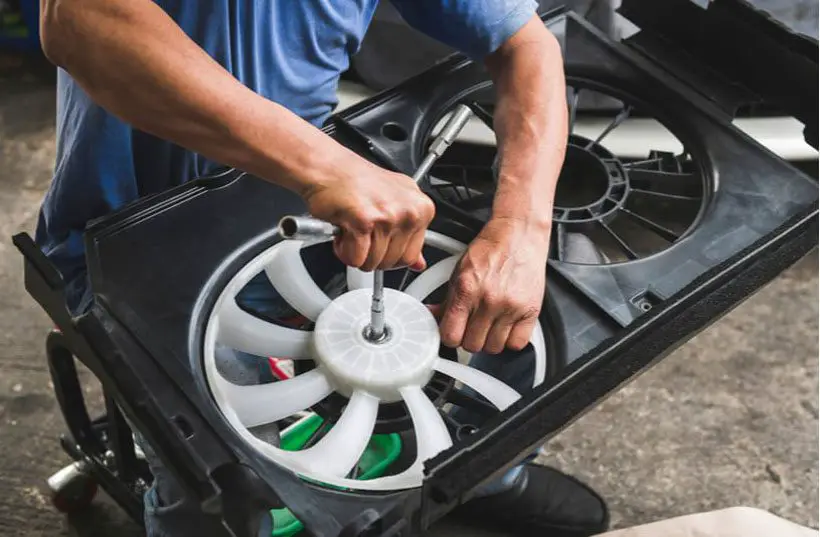
Check for Obstructions
Examine the radiator for any obstructions, such as leaves or debris that may be obstructing airflow.
You can take the following actions to resolve this issue:
- Step 1: Switch off the engine and allow it to cool.
- Step 2: Remove any debris with a soft brush or compressed air.
- Step 3: Restart the engine and close the bonnet to observe whether the temperature gauge readings return to normal.
Fixing Faulty Temperature Sensors
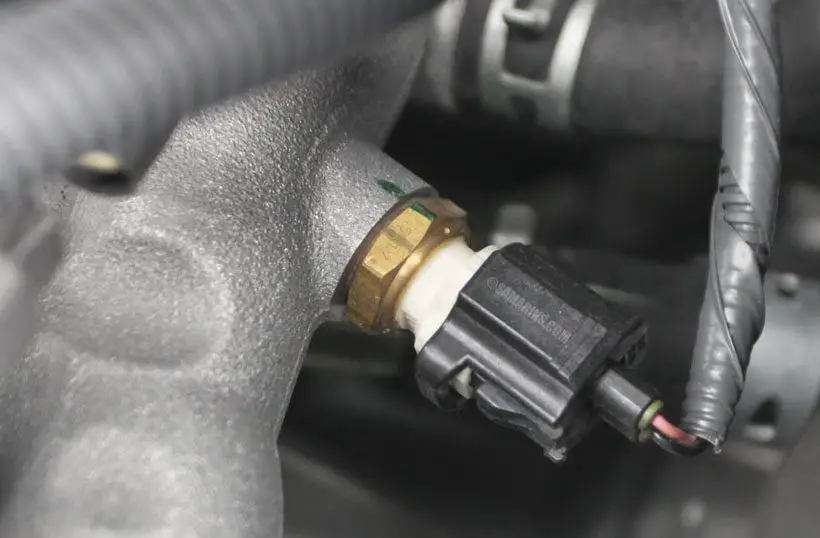
To fix the temperature sensor, follow the methods below.
Troubleshooting the Temperature Sensor
Examine the temperature sensor for damage and make sure it’s properly attached. If the temperature sensor is found faulty, do the following:
- Step 1- Find the temperature sensor: Often, the temperature sensor is positioned near the engine block or the thermostat housing.
- Step 2- Disconnect the sensor: Disconnect the sensor from its installation place by unplugging the wirings.
- Step 3- Check the sensor: To evaluate the sensor’s resistance, use a multimeter. Check the reading against the standards in the vehicle’s service manual. If the reading is odd, change the sensor.
- Step 4- Replace the sensor: Reconnect the electrical connection after installing the new sensor.
- Step 5- Clear all error codes: To reset the engine control module, clear any problem codes using an OBD-II scanner.
Check the Thermostat and resolve the Issue
Check that the thermostat is properly opening and shutting. If it becomes jammed open, the engine may not achieve its ideal operating temperature, causing the temperature gauge to climb.
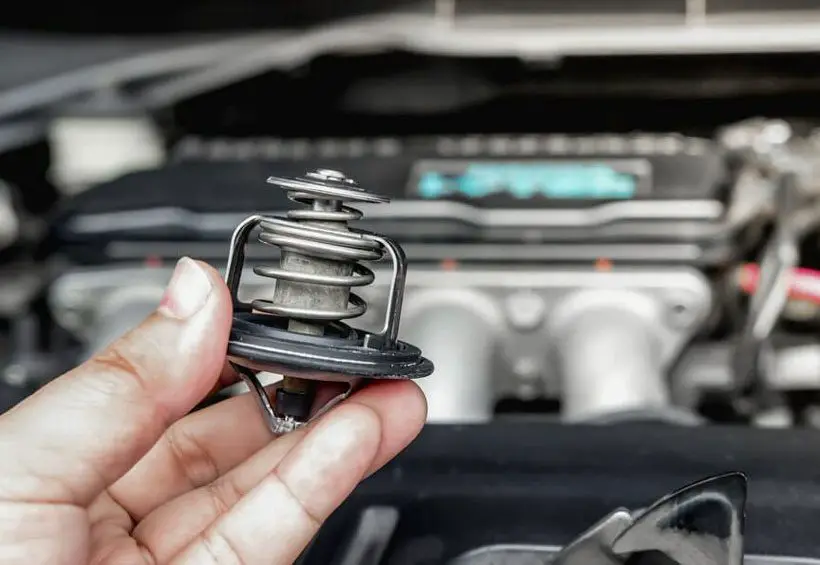
If the thermostat is Stuck: The thermostat must be changed if it is stuck open. The replacement procedure varies based on the manufacturer and year of your vehicle. However, it normally entails-
- Draining the coolant
- Removing the old thermostat
- Installing the new one.
If you’re not comfortable fixing your automobile, take it to a technician.
Check And Fix Electrical System Malfunctions
A trained technician should fix electrical system issues. However, here are a few things you can try:
- Check the Alternator: Check the alternator with a voltmeter at the battery terminals while the engine is running. Functioning alternators have 13.5–14.5 volts. Lower readings may require alternator replacement.
To replace the alternator, you have to disconnect the battery, take off the drive belt, unbolt the old alternator, and then bolt in the new one. Make sure to follow the instructions from the manufacturer and use the right tools.

- Inspect and Replace Damaged Wires: Damaged or corroded wires may cause no continuity or inconsistent readings. Replacement of wires is required if the multimeter shows different reading than what is given in the manual.
To fix damaged or corroded wires, you must first find the part of the wire that is damaged. Cut out the broken part of the wire with wire cutters, strip the ends of the wire with wire strippers, and then use wire connectors or crimping tools to attach a new wire to each end.
- Replace Faulty Gauge Cluster: Disconnect the negative battery cable to replace the gauge cluster. To reach the gauge cluster screws, remove the dashboard panel around it.
Remove the screws and electrical connectors from the cluster’s back. Reinstall the dashboard panel and instrument cluster.
- Check and Repair Bad Ground Connections: Ground connections should be near zero ohms in the multimeter. Higher readings indicate a broken or corroded ground connection. Fix or clean ground connections.
To fix a bad ground connection, find where the gauge is connected to the chassis or electrical system. Use a wire brush or sandpaper to clean the connection point and get rid of any rust or corrosion. Then, tighten any loose connections and use a grounding strap or wire to keep them in place.
- Fix ECU Malfunctions: Most of the time, all you have to do to replace a broken ECU is unplug the old one and plug in the new one. But it’s important to know that replacing an ECU may require reprogramming or recalibrating the system, so it’s best to talk to a professional mechanic.
Also, watch this video to have a quick troubleshooting for the problem of the temperature gauge rising but the car not overheating.
Preventive maintenance

Here are some preventative maintenance suggestions:
- Check the coolant level at least once a month and, if required, refill it.
- Follow the manufacturer’s instructions for flushing the cooling system regularly to remove any accumulation, debris, or rust that might clog the system.
- Regularly inspect the radiator for symptoms of clogs, corrosion, or damage. Clear the radiator of any trash or accumulation.
- Change the thermostat every 50,000 to 100,000 miles or as recommended by the manufacturer.
- Have a trained technician test the water pump regularly to verify that it is working properly.
- Examine the wire harness that connects the temperature sensor to the gauge for evidence of damage or corrosion.
Conclusion
In conclusion, a rising temperature gauge in a car can be concerning, but it does not always indicate that the engine is overheating. Preventative maintenance, such as monthly coolant checks and system cleansing, can maintain your car in good shape and help you avoid temperature gauge issues.
If you suspect a problem with your car’s temperature gauge, get it checked by a trained mechanic as soon as possible. Note that resolving these issues early on can spare you from more significant and costly repairs later on.

